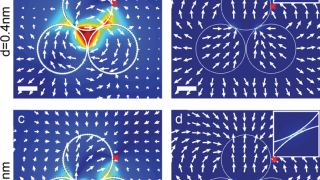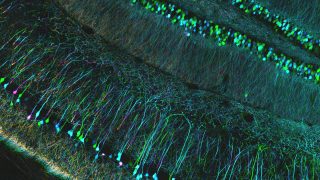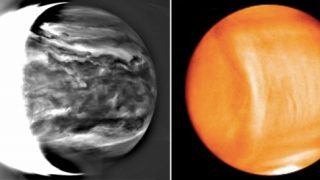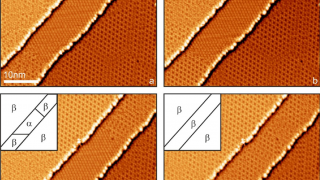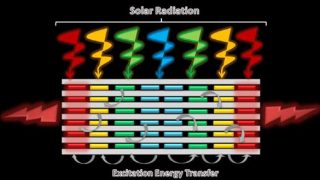
Nanotechnology inspired by nature
Author: Leire Gartzia Rivero got a Chemistry degree and completed her Master studies in “New Materials” at the University of the Basque Country. She holds a Ph.D. in Materials Science and Technology obtained at the same university, in the Molecular Spectroscopy Laboratory, where she focused on the spectroscopic characterization of photoactive nanomaterials based on energy […]

